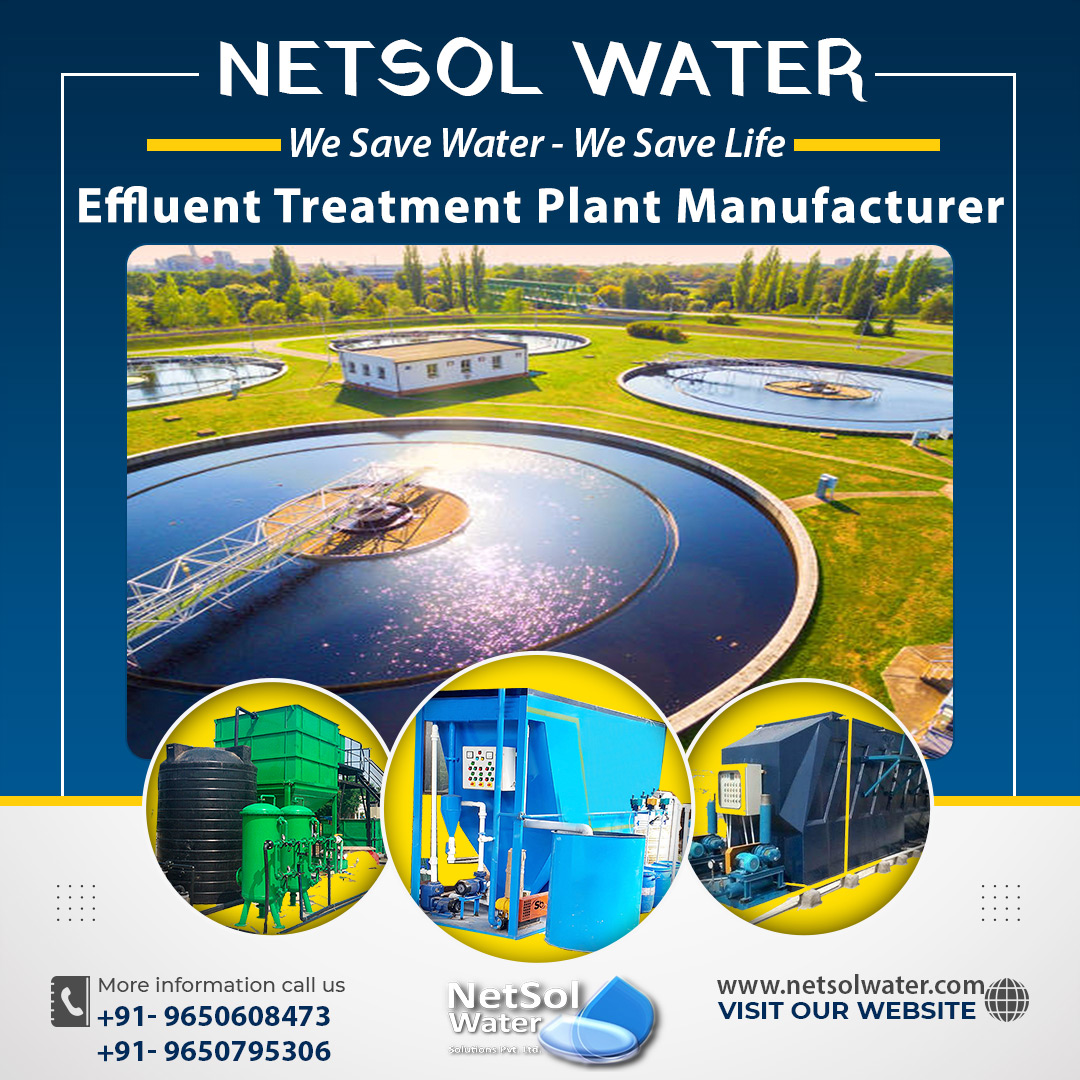What challenges do ETP address in the textiles industry?
The fabric industry has long been a cornerstone of global commerce, providing garb, fabric, and countless different merchandise which are an imperative part of our everyday lives. However, the very fulfilment of this enterprise has brought with it a slew of challenges, especially related to environmental sustainability and moral issues. Enter ETPs or Effluent Treatment Plants, an essential component within the fabric enterprise's journey closer to a more sustainable and responsible destiny.
In this blog, we can delve into the wastewater challenges of fabric industry faces and the way ETPs play a pivotal function in addressing those demanding situations.
Water Pollution:
One of the most massive challenges within the textile enterprise is water pollutants. The enterprise is notorious for its heavy water consumption and the release of harmful effluents into our bodies. These effluents can incorporate a range of hazardous chemical substances and dyes that pose an excessive risk to aquatic ecosystems and public health. ETPs come into play by treating and purifying those effluents before they are released, drastically reducing the environmental effect.
Resource Scarcity:
The textile industry is also infamous for its voracious appetite for water resources. With freshwater becoming scarcer in many areas, the enterprise faces a practical resource scarcity assignment. Effluent Treatment Plants can assist the industry in lessening its water intake by recycling and reusing water, consequently reducing the strain on neighbourhood water elements.
Chemical Management:
Textile manufacturing involves using a wide array of chemical substances, consisting of dyes, bleaches, and finishing agents. Mismanagement of those chemicals can cause contamination and environmental damage. ETPs play an essential role in controlling and dealing with the disposal of these chemical substances, preventing them from entering the environment and causing damage.
Regulatory Compliance:
In an era of increasing environmental awareness and stringent policies, textile producers need to adhere to a bunch of environmental and protection standards. Non-compliance can result in fines, loss of popularity, and felony outcomes. ETPs offer a means for textile businesses to ensure compliance with these regulations by treating effluents to fulfil the desired standards.
Corporate Social Responsibility (CSR):
The modern patron is increasingly aware of moral and sustainable practices. Brands that fail to uphold social and environmental standards chance alienating clients. ETPs help fabric agencies exhibit their dedication to company social responsibility by minimizing their ecological footprint and selling sustainable practices.
Cost Efficiency:
Effective ETPs can also contribute to fee efficiency. By recycling water and reducing chemical usage, fabric producers can lower operational costs in the end. Additionally, fending off consequences and fines for environmental non-compliance preserves economic sources.
Public Perception:
In the latest interconnected global, public perception can make or damage a brand. Textile corporations which are proactive in enforcing ETPs ship a clean message to their clients that they care approximately the environment and are taking tangible steps to address their environmental impact.
Technological Advancements:
The ETP enterprise has visible significant technological improvements in recent years, making the treatment method extra green and fee-effective. Advanced treatment technologies and automation have enabled ETPs to gain better degrees of pollutant elimination even by reducing strength consumption.
Conclusion:
In conclusion, the demanding situations facing the textile enterprise, specifically inside the geographical regions of water pollution, resource scarcity, chemical control, regulatory compliance, and public notion, are ambitious. ETPs and the effluent treatment plant manufacturer as a vital component of accountable textile production, play a pivotal function in addressing those problems. By investing in those remedy plants, the textile enterprise cannot most effectively lessen its environmental footprint but additionally align itself with the growing demands of environmentally aware customers and more and more stringent policies. In this manner, ETPs are not just an option to the industry's demanding situations but also a gateway to an extra sustainable and responsible destiny for textiles.




